Table of Contents
Bicycle Rolling Resistance is a website that conducts lab testing of bike tyres. They focus mostly on rolling resistance but also test the puncture resistance of the tread and sidewalls. We are fortunate enough to have data available for 19 different touring tyre models to examine.
Recommended reading: what is the most puncture resistant touring tyre?
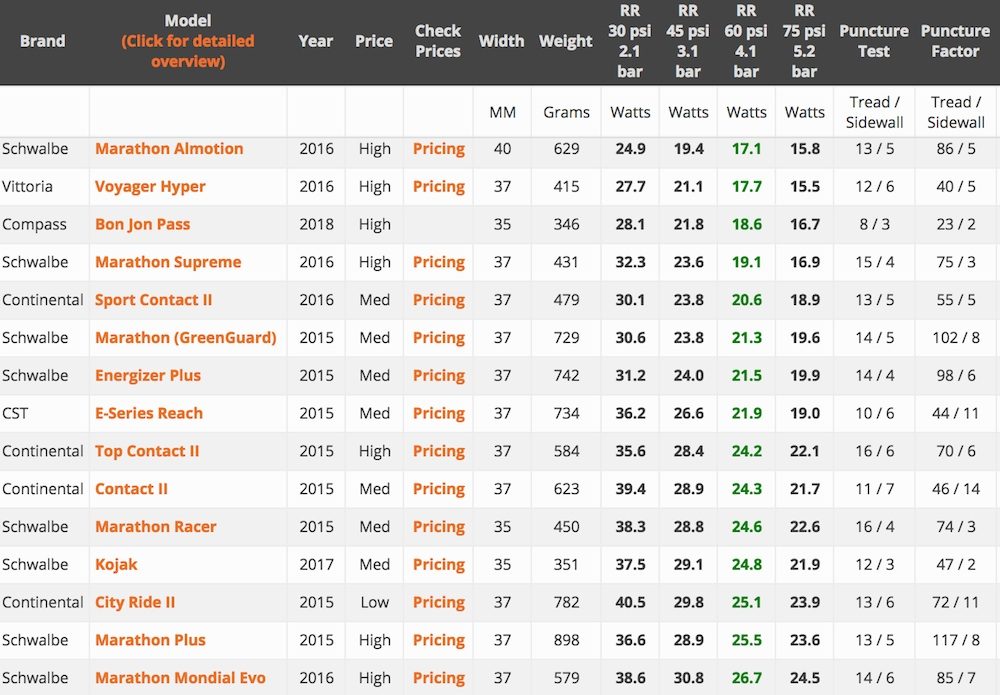
How Is The Tyre Rolling Resistance Tested?
Tyres are tested on a 77cm steel drum which is covered with a diamond plate to simulate an average road surface. An electric motor spins the drum to 200 RPM (29 km/h or 18 mph) with a tyre and 42.5kg load resting on it. A microcontroller calculates the average power required to keep the drum at 200 RPM over a period of 30 seconds. A correction is made for the electric motor efficiency. The test is conducted three times and the average of the three is the rolling resistance of the tyre.

Is This Form of Resistance Testing Legitimate?
Steel drum testing is not perfect, but it’s able to get consistent results. This is because wind speed, temperature, power input and rolling speed can be controlled to a very high level of accuracy.
My only concern is with regards to the correlation between tyre pressure and rolling resistance. A steel drum indicates that higher pressures equate to lower rolling resistance. The thing that drum testing doesn’t take into account is vibrations. The folk at Bicycle Quarterly have found that vibrations slow you down when your tyres cannot deform adequately. We’re talking about tyres that are running very high pressures or tyres with stiff sidewall casings (or both). If a tyre cannot deform over a bump, our bodies may absorb most of this energy. If the tyre can deform over a bump, the energy is temporarily stored in the tyre then released once you’ve travelled over it.
With this in mind, we should look at the rolling resistance figures while somewhat disregarding the tyre pressure trends. Let’s focus on the rolling resistance difference between each of the tyres at the 45 or 60psi pressures.
Analysis
The results show that there is a great difference between the fastest and slowest tyres. The tyre with the highest rolling resistance was 95% slower (32.6w) than the tyre with the lowest (17.1w). Even between the first and fifth fastest tyres, there was a 25% difference in energy loss. That’s enough to lose you a fair bit of time on a long day.
The king of this rolling resistance test is the Schwalbe Almotion. This is despite it being heavier than nine other touring tyres, suggesting that tyre weight isn’t necessarily a big factor. The key to the tyres success seems to be more to do with the composition. In this case, the Almotion uses the same rubber compound as their fastest Schwalbe road racing tyre.
There didn’t seem to be a strong correlation between puncture resistance and speed either. If we take the top-9 and bottom-9 puncture resistance scores and average them, the tread protection is only 2 points higher in the bottom-9 (15 vs 13) while the sidewall protection is the same (5 vs 5). There isn’t a great difference in average tyre thickness either. The average for the top-9 is 5.28mm and the average for the bottom-9 is 5.98mm.
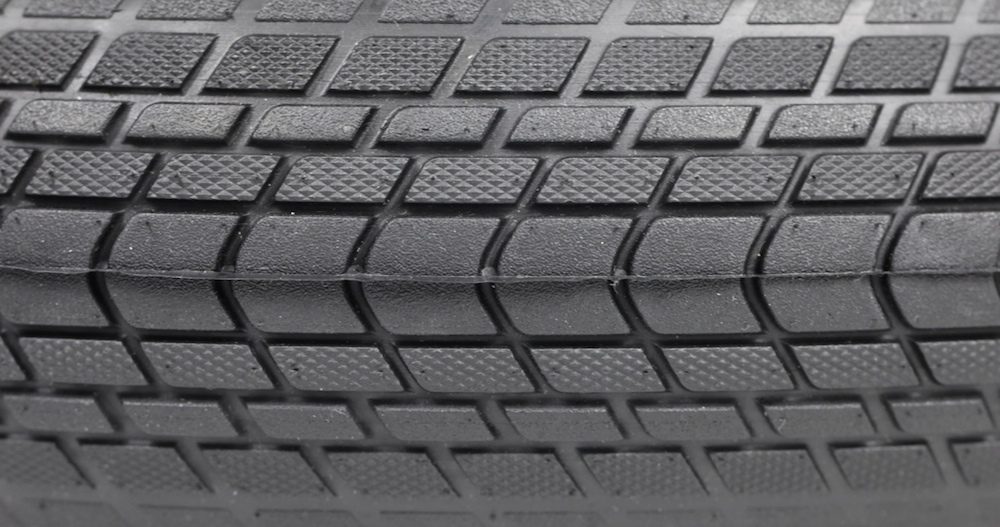
What Is The Difference in Cycling Speed Between Tyres?
Rolling resistance on a touring bike is particularly important when compared to faster travelling bikes, like a road bike. This is because aerodynamics play a reduced role in a touring bike’s overall speed. The speed difference between slow and fast rolling tyres is very significant – in fact, it may surprise you that the effects of weight pale in comparison.
Comparing the Schwalbe Almotion and Schwalbe Mondial there is 19.2w of extra resistance overall (two tyres). This translates to about 1.49km/h (0.93mph) slower travelling speeds on the Mondials with all things being equal (150w, 85kg total weight, flat road). Knowing the speed difference, we can determine the time differences over the course of a typical touring day using Bike Calculator*.
On A Flat 100km Route (0% Gradient)
Over 100km, the 1.49km/h drop in speed from the Mondials will add 11 minutes and 49 seconds to your cycling time (5.4% slower). To put that into perspective, carrying 30kg (66lb) extra on your touring bike would add 7 minutes to your ride time (3.2% slower) over 100km.
On A Hilly 100km Route (10km up, 10km down x5 @ 2% Gradient)
Assuming it’s hilly, rolling resistance plays an even greater role because of the lower travelling speeds. The slower Mondials add 18 minutes to your cycling time (7.0% slower). To put that in perspective, carrying 20kg (44lb) extra on your touring bike would add 17 minutes to your ride time (6.8% slower) over 100km.
*Through my weight testing, I’ve determined Bike Calculator to be close to accurate.

Does Tyre Speed Really Matter?
If speed is your aim, stop thinking about how to shave a kilogram off your kit and start looking at fast tyres.
The rolling resistance difference between our two examples can be equated to adding 20kg or more to your bike. It can be just as significant as the aerodynamic benefits of bikepacking bags over panniers. That’s a lot!
Yes, I know that touring isn’t really about speed. But if you can travel 5-7% faster using the same amount of effort, how is that not a good thing? Even if you don’t care for the increase in speed, you’ll be able to travel every day with less effort. That will leave you with more energy by the day’s end.
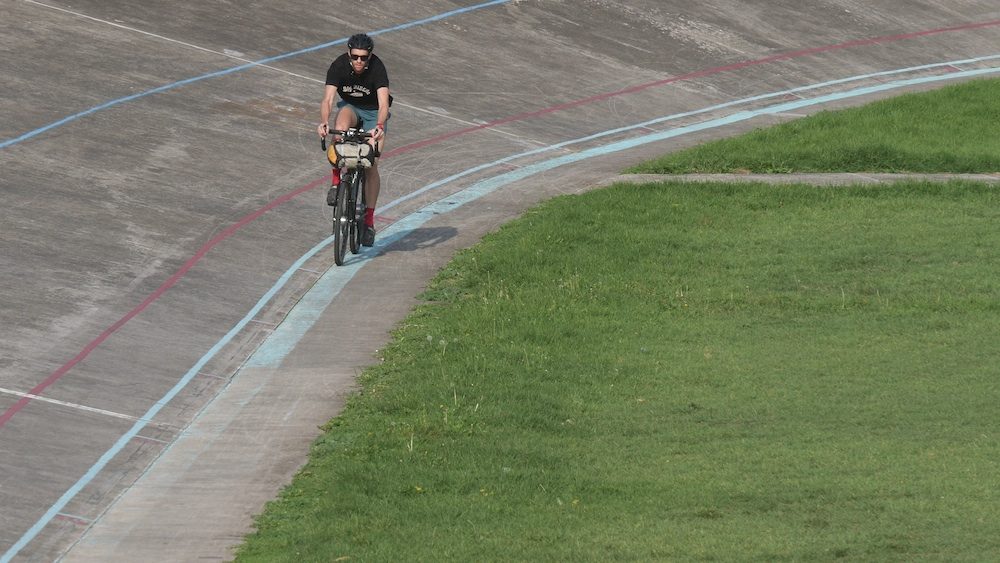
A Few More Thoughts On Tyres
Alee, the rolling resistance savings are huge! Should I swap my tyres?
Not necessarily; rolling speed is only one factor in the tyre equation.
You will want to match the tyre width and tread pattern to the terrain you ride. If dirt roads are your jam, you’ll want wide tyres with tough sidewalls and a bit of tread. The looser, rougher and more rocky, the more tread will be required. If you’re on the road, then the low resistance tyre options from Schwalbe, Vittoria and Continental look to be excellent.
For touring you may also want a tyre that is durable and long-lasting. If you’re completing a long tour, it’s nice having tyres that go and go and go. I have managed to squeeze 25,000km out of my Schwalbe Marathon Mondial tyres. I can only guess that the Schwalbe Almotion is not capable of this kind of mileage.
Wanna help support CyclingAbout? Grab some tyres from Amazon by using the links below & CyclingAbout gets a tiny bit from each sale. No cost to you, easy as pie!
Schwalbe Almotion $54
Vittoria Voyager Hyper $49
Schwalbe Marathon Supreme $74
Continental Sport Contact II $34
Schwalbe Marathon (Greenguard) $33
Schwalbe Marathon Plus $47
Schwalbe Marathon Mondial $75
Vittoria Randonneur $30
Head HERE To See My Weight Testing and HERE To See My Aerodynamic Testing



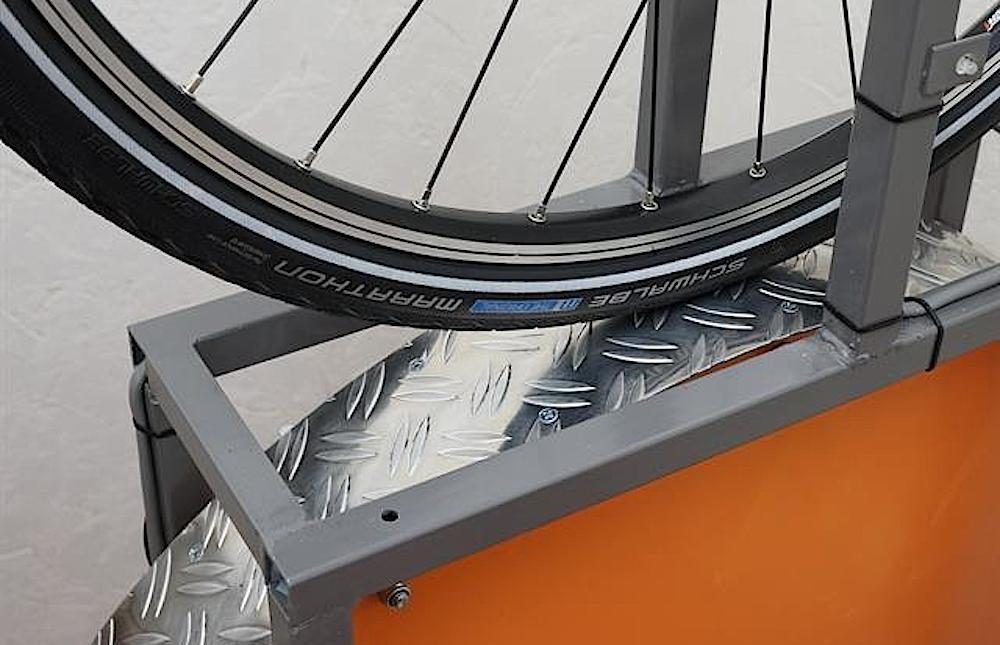
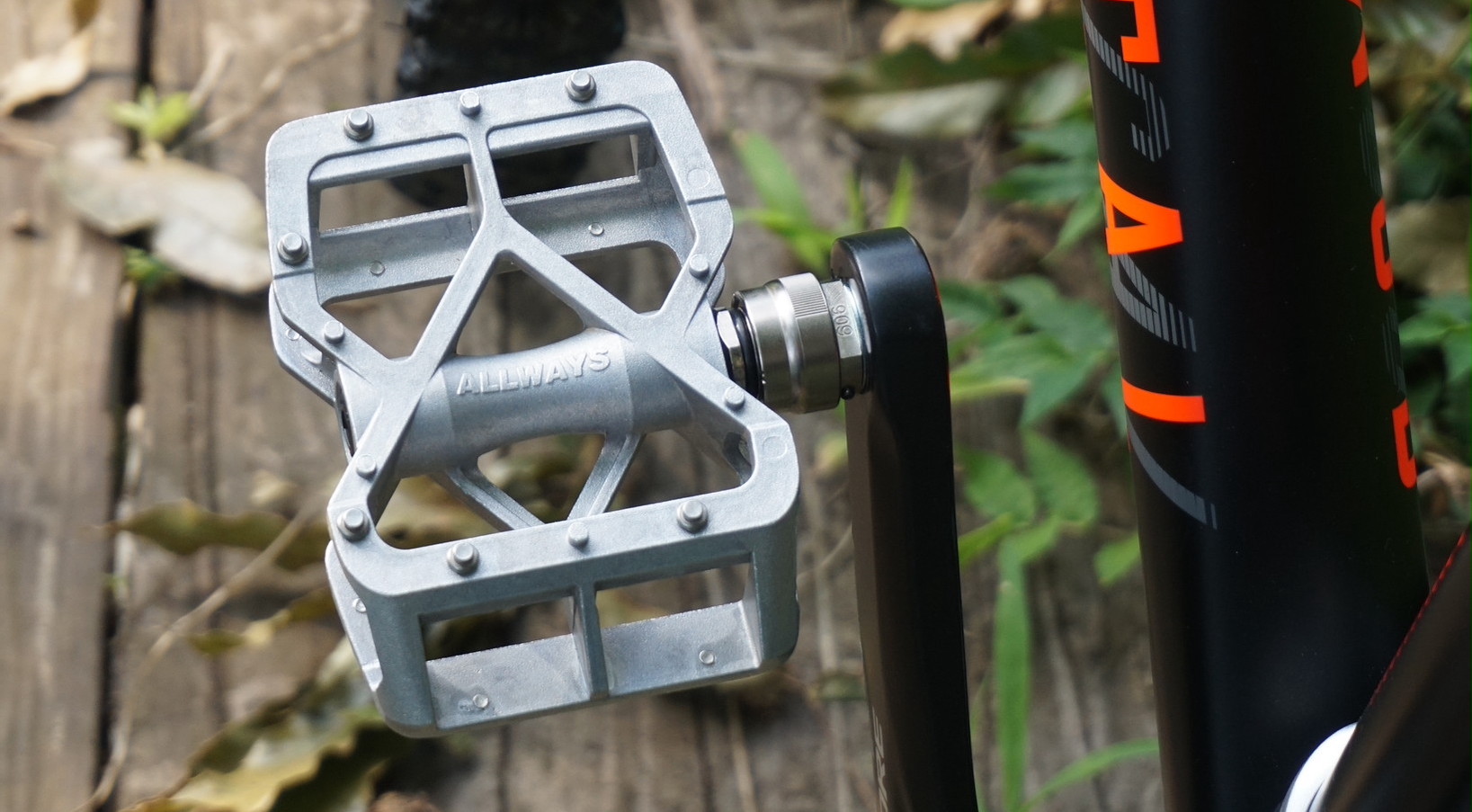
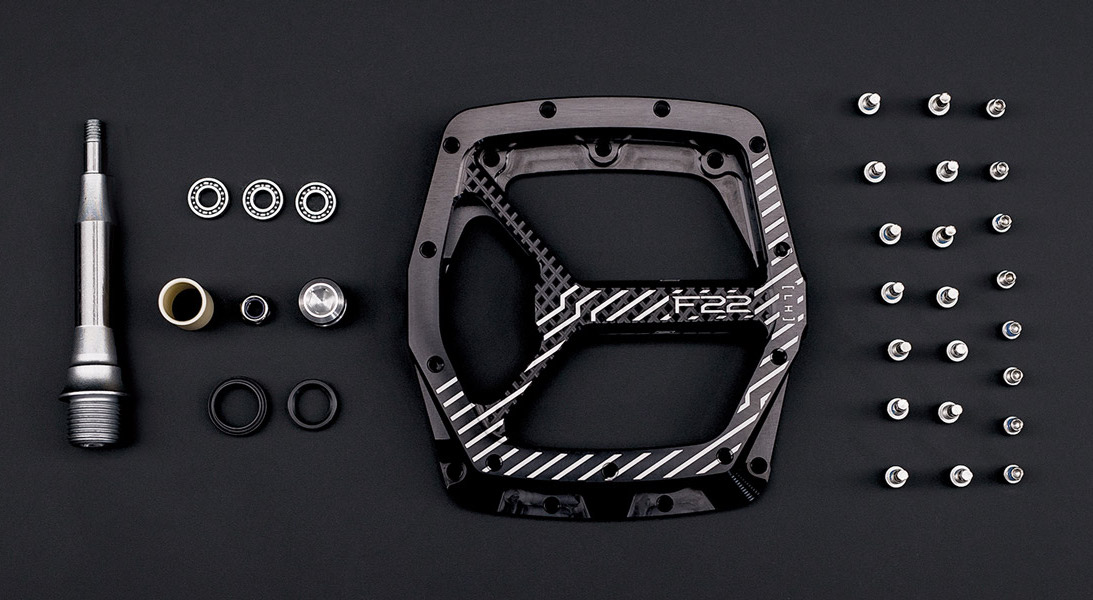
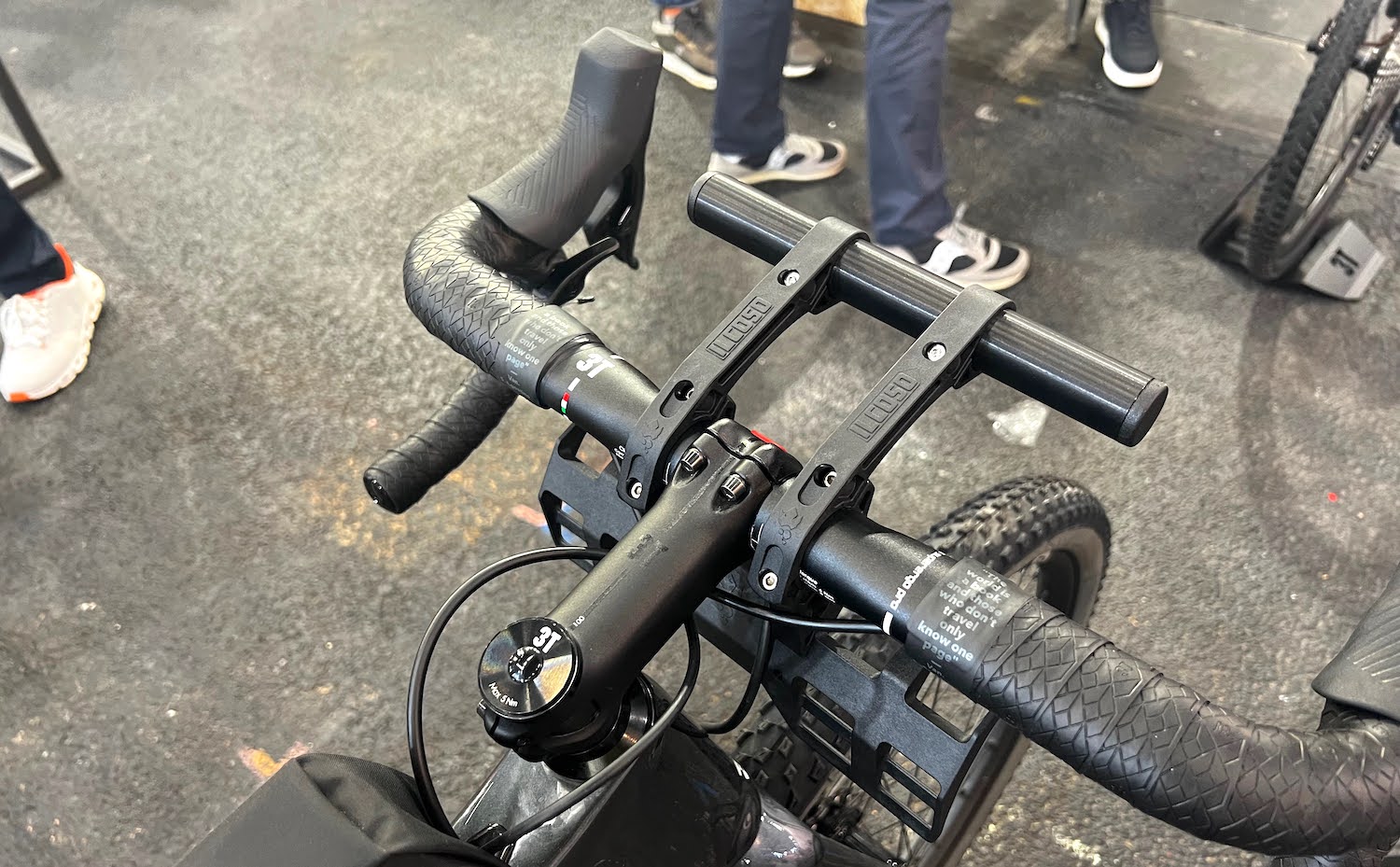

is a higher or lower puncture score better?
Higher = more puncture resistance.
Nice work Alee. This is a great resource that I’ll pass along to my touring customers.
Excellent. Like the in depth articles you write.
I like doing bikepacking. Or rather plan to do my first long trip. I am on MTB 29er. My route will be reasonably good to really good gravel roads.
What kind of tyre will be good for this type of traveling. 30% will be tarred roads.
Thanks Johan
Great post Alee! Super interesting stuff as always. Noticed a huge drop in our average speed swapping to 2 inch Mondials and Plus Tours from the 1.25 inch Marathons. Been thankful a few times in Bolivia, but on the paved roads I wish we could have the Marathons back.
Hi Johan. The fastest MTB tyres that I’ve run without punctures are Schwalbe Thunderburt Snakeskins (tubeless setup). They run at about 20w each, but with the soft rubber compound don’t offer great longevity. I’d expect the Schwalbe Almotion tyres in 28×2.0 to run somewhere between 17-20w AND be a more durable option. Alee
It’s a mixed bag in Bolivia. Better to stay on the safe (but slower) side. 🙂
Thanks!
Thank you for doing this great study! This was something I had been wondering about for a while. I’m surprised by your comment that rolling resistance should not correlate with tire pressure. Can you refer me to where this was disproven on the road?
Can you clarify your logic as to why rolling resistance is more important for hills? I think you may have neglected a couple of considerations (although let me know if you disagree).
– The test is conducted at 29 km/h. Most tourers would be going a lot slower than this when climbing a hill. If the rolling resistance coefficient is constant, the resistance force slowing the bike down is constant, and this means the power required to overcome the rolling resistance is reduced at lower speeds (Power = Force x velocity). If riding at half the speed, the additional power required due to tyre rolling resistance would be halved.
– The rolling resistance coefficient isn’t actually constant anyway – it actually increases at higher speeds (this article seems to confirm: http://www.velomobil.ch/ch/en/rollenpruefstand). So half the speed results in less than half the rolling resistance.
At slow uphill speeds, a large proportion of the power provided by the cyclist is converted into potential energy, which is directly proportional to the weight of the cyclist+bike+luggage. 20kg of luggage would make a big difference here, and much larger than tyre rolling resistance I would think…
You should of tested the Conti 4season 32mm – awesome tyre for touring.
Hi Allee,
Do I see correctly that if rolling resistance is more slowing than weight you could also start a long tour on Almotions for nice pavement and carry Mondials for more demanding stretches? Two Mondials will give only a 1+ kg extra and it will be great to have spare tyres already at hand. This will in fact will make you faster than starting with Mondials only encountering enough good roads?
Great website! I am learning a lot for my upcoming tour.
Thanks!
Eric
The Netherlands
“But this has been largely disproven on the road.”
No it has not. The pneumatic benefit of tires has been known longer that any of us have been alive and it does not work this way. The only one making the claim is Jan Heine; a businessman with an agenda who offers non-repeatable test results that don’t actually support such a broad claim. Higher pressures are sometimes worse on the road but not always or even “largely”. It depends.
“The thing that drum testing doesn’t take into account is vibrations.”
This is very wrong, the diamond plate is there specifically to generate “vibration”. What it does not do is simulate rougher and more varied surfaces. Most drum testers don’t use diamond plate because it does nothing more than reduce repeatability of results. It seems clear that the author is trying explain differences in these tests in consideration of Heine’s hair-brained explanations. Vibration is not it.
I’m not an advocate for the testing site referenced here, their results in some cases are deeply flawed. It seems clear they don’t account for drum radius, they’ve never performed the testing to support their assertions regarding the diamond plate, they’ve never attempted 3rd party verification of their results, and their knobby tire testing defies logic. Their road and touring tests, however, correlate better with other testing AND drum tests are known to work well when executed properly. What doesn’t work well? Hill rolldown tests using stopwatches with 0.1 second resolution and an unwillingness to publish raw data with independent verifiability. You know, the Bicycle Quarterly methodology.
There are faster tires than the Almotion in some touring sizes as well, but puncture resistance is likely not suitable for touring. Considering that, I’d also disagree with the assertion that weight and puncture resistance don’t factor in with rolling resistance despite it appearing so with this subset of tires and testing.
I don’t do the testing, but I’ll have to check out the 4seasons in any case!
Hi Sam
Sorry about the slow reply, I’ve been keeping pretty busy while in Sri Lanka.
I agree on all fronts, and will edit the piece to reduce any confusion. The data between the weight testing and rolling resistance testing is, of course, not directly comparable at all speeds. It wasn’t my intention to suggest that rolling resistance is MORE important for hills, but more to show how rolling resistance can contribute significantly to your average speed in certain circumstances. Drawing a parallel to my weight testing seemed to really put the rolling resistance effect into perspective (albeit at 29km/h).
In any case, I will add a section discussing the rolling resistance coefficient. Thanks for taking the time to comment.
Alee
Hi Eric. That’s right, the additional weight will likely be counteracted with faster rolling tyres. Moreso on the flat, but in some cases in the mountains too. Alee
Hi Craig.
Thanks for the comment! I probably shouldn’t have worded that section so strongly when drawing parallels to a single study which itself has so many variables. I’ll play around with my wording and incorporate some of your main points if you don’t mind.
That being said, I’ve been playing around with larger volume tyres at lower pressures (nothing marketed as ‘supple’, just regular road slicks) and have been surprised to find that I can ride at the same average speeds at my usual power. I’ve just switched back to narrow tyres again to see if it’s just me, or there’s something to this.
Alee
My original wording is probably a bit strong with regards to tyre pressure, given that I was referring to a single study which has so many variables. This is the information here: https://janheine.wordpress.com/2016/06/14/suspension-losses-confirmed/
“That being said, I’ve been playing around with larger volume tyres at lower pressures (nothing marketed as ‘supple’, just regular road slicks) and have been surprised to find that I can ride at the same average speeds at my usual power.”
Absolutely! Wider tires are better except for a very small part of the racing community.
I looked again at the Almotion in the data above and it’s one size larger than all the other tires. Doesn’t sound like much but it turns out to have 10% more casing tension at the same pressure as the others. I’d bet the Marathon Supreme one size up (they make a 42) would match the Almotion. That’s one of many reasons I don’t like that site.
I agree – it’d be really interesting to see how the wider Supreme tests.
I know it’s not a proper “touring” tire but Big Apples is what I love to use for long distance trips on paved roads.
I’m curious to know where those big tires compare to others.
The Schwalbe ‘RaceGuard’ tyres are still really puncture resistant and great for touring. I’d also love to see how it compares to the others tested.
How do I tell which of the dozen all motion tires listed in Amazon is the one you tested? The link you provided to purchase the tire doesn’t seem to work. I’d love to see you get some small amount of money for your great article.
Any link from this site that results in a tyre purchase (along with any other gear) will support this site. Thanks!
The links are broken
Stuart Bell
(561) 352-1796
Interesting! They all work for me, so I’ll look into it. Where are you reading from?
My iPad.
Stuart Bell
(561) 352-1796
There is a dutch guy who has an other approach of testing.
You can find his results here: http://wimschermer.blogspot.nl/search?q=banden+test&max-results=20&by-date=true
His tests are done with a pendulum. You can find pictures and explanation on his blog. Many manufacteres send tyres to him to check their own tests.
Not sure I trust these puncture ratings. The gatorskin tire has 18 score and marathon 14. But the marathon I’ve had is waaay more resistant
What you want to look at is the Puncture Factor score. This is the puncture resistance score, multiplied by the tyre thickness. This gives a more accurate depiction of resistance, as thicker tyres tend to prevent more punctures by extending the physical distance debris has to travel to puncture a tyre. Unfortunately, we don’t know how thick the Gatorskin is, but it’s substantially thinner than a Marathon!
OK understood. I am surprised to see the crr of a marathon Greengauard is the same as a 120psi gatorskin. Are you ? I understand wider tire should roll easier but this still shocks me. My marathons feel like reall slugs
I am a little bit surprised. But I have no reason to doubt their data either!
I’m thinking of purchasing a Schwalbe Pro One tire, but using a tube. The factory does not recommend this, as they feel the tire would be more subject to punctures without a sealant. Your comments would are appreciated.
The tubeless tyre compound would not be optimised in the same way as the standard tyre for preventing tube punctures. That said, I can’t imagine it to be radically different. I’d give it a go.
(You could even remove the valve core of your tube and add sealant to be safe.)